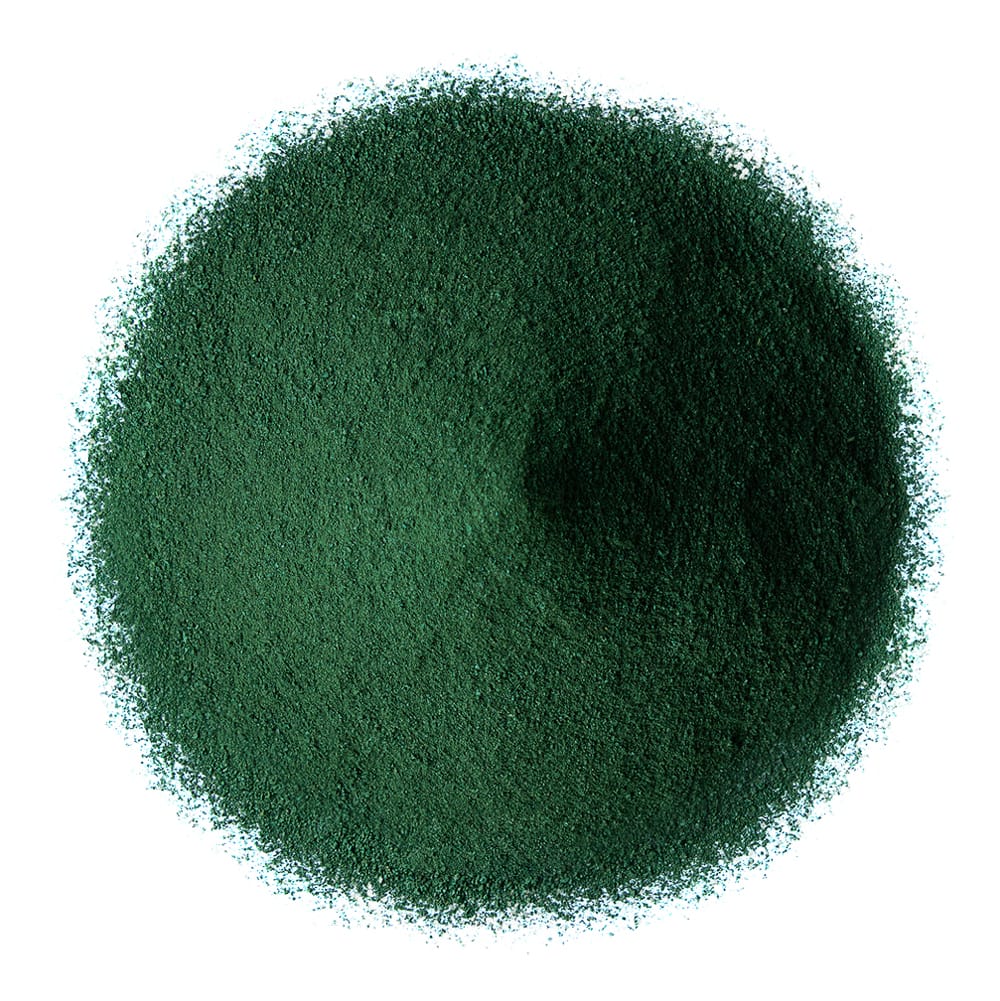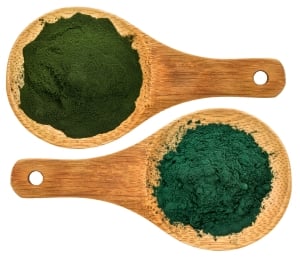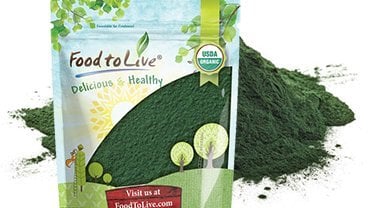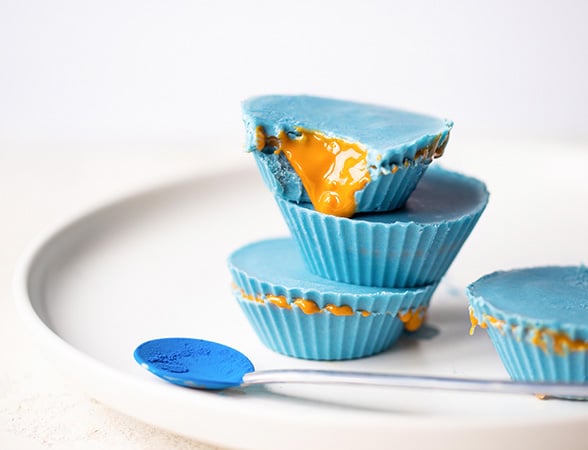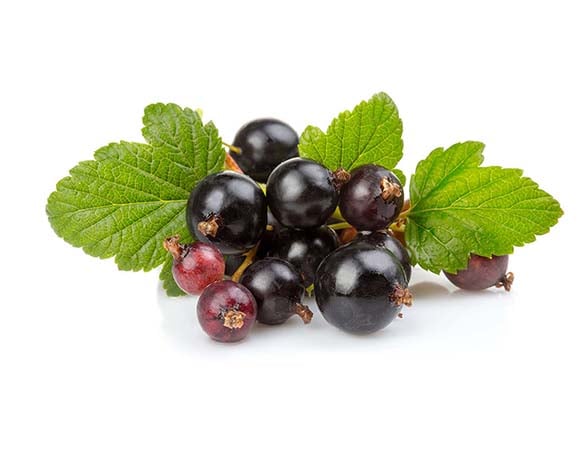January 08, 2022 · Written by Foodtolive Team
What is Blue Spirulina
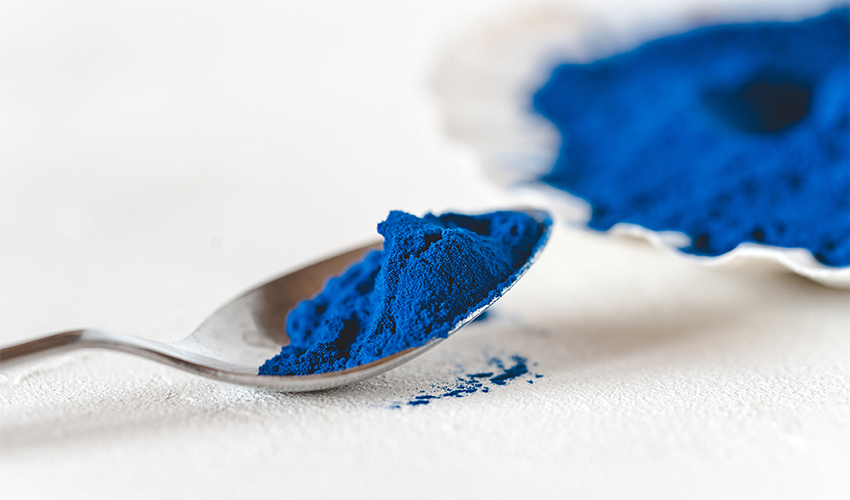
Food to Live offers a variety of different powders – fruit, veggie, berry, seed, and even algae. Yes, we are talking about spirulina, and to be more specific – blue spirulina. There exists a number of articles about this wonderful product, however, in this blog post we will answer the key questions you might have had about spirulina powder.
Spirulina powder is produced from cyanobacteria (blue-green algae). To grow spirulina, the suppliers need:
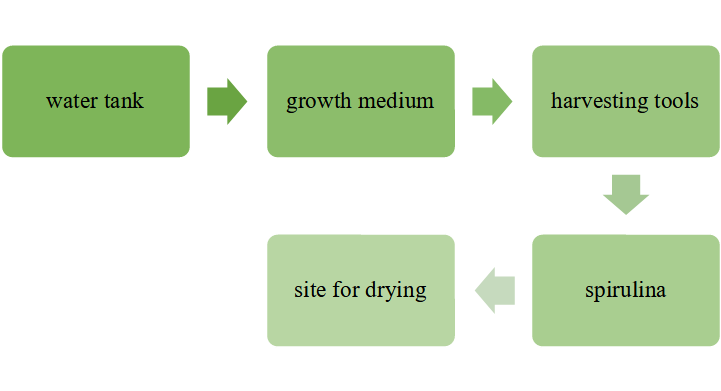
Water tank should be transparent because spirulina needs light and a heater. The optimum temperature for growing is 33.3 °C. Moreover, in the process of industrial cultivation, it is necessary to install water wheels in the tanks, which provide the movement of water for oxidation. On average such wheel tanks ensure 2 kg of harvest during autumn, and twice as much in the summer.
As a natural substance, spirulina is a cyanobacteria that lives in the aquatic environment (both fresh and saline waters). Another name for it is blue-green algae; The seaweed generates energy being in contact with solar radiation and the photosynthesis reaction (the process of converting sunlight into biological energy).
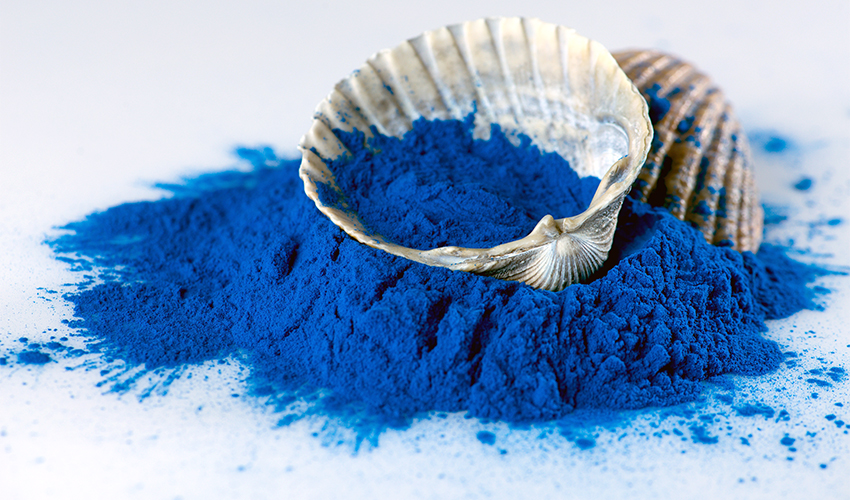
What makes spirulina so unique?
The main benefit of spirulina – is the unique composition of useful elements and healing properties. Spirulina serves as a great antioxidant – it binds free radicals, removes radionuclides, and salts of heavy metals. Due to the high content of iron, regular intake of spirulina positively affects the heart, prevents the development of anemia and atherosclerosis. Moreover, spirulina is a valuable source for our digestive system as it improves human gastrointestinal issues associated with irritable bowel syndrome (IBS) such as diarrhea, gas, and bloating. Being rich in protein, spirulina fills the body with energy, helps to increase physical activity and enhances body’s recovery capabilities. Due to vitamin E, spirulina has a positive effect on the hormonal system, which regulates sexual activity in both men and women. In fact, it contains all vitamins except Vitamin D, which makes it a universal supplement to your diet.
Another point worth noting is the presence of unsaturated fatty acids (linoleic and linolenic) which promote forming carbohydrates, minerals, including easily digestible iron, magnesium, calcium, phosphorus, potassium, zinc and copper. Apart from that, blue spirulina powder also holds promise for a wonderful energy and performance booster.
If you have just recovered from an illness, spirulina will come in handy as this wonderful powder is irreplaceable supplement that accelerates the regeneration process and strengthens the body’s defenses.
A number of valuable vitamins and trace elements listed above make spirulina a great remedy for prolonging beauty and youth. Apparently, spirulina is used to prepare skin masks in cosmetology as it eliminates oily skin shine, promotes moisture retention by skin cells and enhances the regenerative abilities of facial skin.
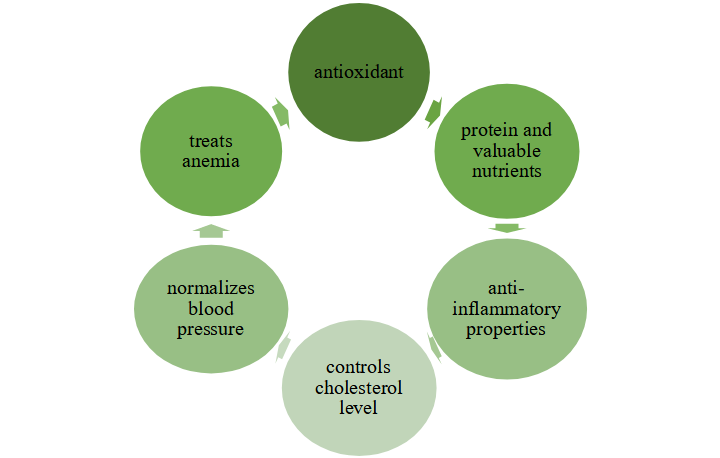
What does Blue Spirulina taste like?
Despite the fact that high protein content makes microalgae a great meat alternative for vegans, not everyone will enjoy its taste. Just imagine the smells in a sea harbor – a mixture of fish, iron or other metal. Apparently, the color and smell will scare you. These disadvantages, however, are minor in comparison with significant benefits of blue spirulina. Adding spirulina step-by-step to your diet will make you get used to this amazing product. For example, you can try blue cookies, blue energy balls and cheesecake with blue spirulina.

Blue vs Green Spirulina
One universal feature between the two is the content of phycocyanin. Aside from colors, these two spirulina powders also differ in taste. Thus, green spirulina is a whole cell algae, so it tastes like seaweed. Since blue spirulina is an extract, the smell and flavor are much more neutral, making it easy to receive some of the benefits of spirulina without the fishy taste. [1]
Side effects
Yes, even superfoods like spirulina do have pros and cons. Spirulina powder can cause individual intolerance and allergies. Blue-green algae strengthen the immune system, however, people suffering from diseases associated with hyperactivity of the immune system should be cautious. Using microalgae with drugs that reduce blood clotting is also NOT recommended.
Recommended daily intake
There is no standard dosage since spirulina hasn’t been confirmed effective for any health conditions. Spirulina powder is an over-the-counter supplement – that is to say, manufacturers determine the dosage listed on the labels. That dosage is typically around 3 to 3.5 grams, according to commercially available packages. [2]
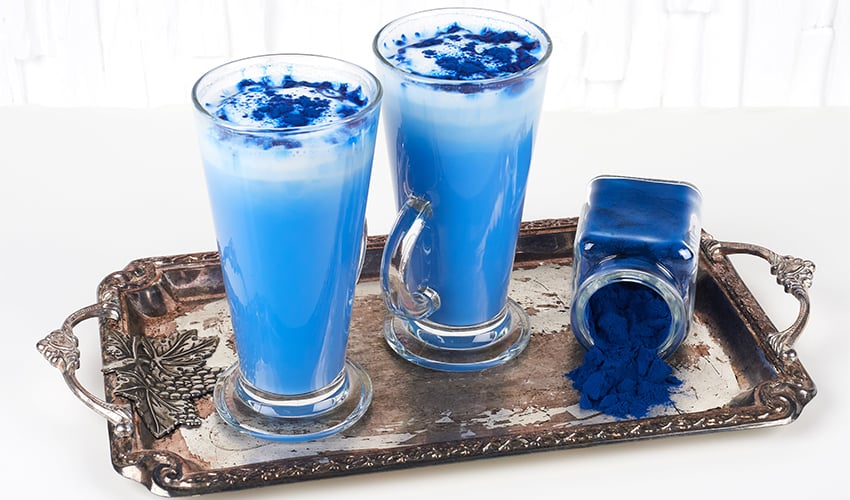
Blue spirulina recipe ideas
Browsing your Instagram page, you might find some blue attractive food items – they are most likely made with blue spirulina. As we have already mentioned, spirulina has a specific fishy smell and taste. To hide this nuance, it is recommended to mix the powder with other ingredients. Here are some easy and delicious recipe ideas:
1. Cocktail with Grapefruit Juice
- 200 ml of grapefruit juice
- 50 g of strawberries
- 1 tsp blue spirulina
- 50 g of some berries (of your choice)
- 0.5 tsp cinnamon
2. Blue Spirulina Smoothie
Blend all the ingredients listed below until smooth.
- 2 teaspoon blue spirulina
- 1 frozen banana
- 1 scoop veggie vanilla protein
- 3/ 4 cup almond milk
- frozen blackberries, banana slices for topping [3]
3. Blue Spirulina Pancakes/Ocean Vegan Pancakes
- 1 small banana mashed
- 1 cup self-rising flour
- dash of vanilla extract and salt
- 1 tsp baking soda
- 1 tsp blue spirulina powder
- 3/4 cup almond milk
- 2 tbsp sugar free maple syrup
- coconut oil for the pan
Sift the flour and blue spirulina powder into a bowl. Mash the banana. Add all the ingredients into a bowl and whisk until combined. Spoon the pancake mixture onto the pan and flip when many bubbles appear. [4]
4. Blue Spirulina Oatmeal
This is the easiest recipe ever! Just mix a bowl of oatmeal and add one teaspoon of blue spirulina powder. Topping with frozen blackberries, banana, and granola would be a wonderful and delicious decoration. Voila!
5. Blue Spirulina Latte
120 ml of coconut milk
1 piece of ginger (2 to 3 cm thick)
1 teaspoon of fresh lemon juice
1 teaspoon agave syrup
½ teaspoons of blue spirulina powder
Heat the coconut milk in a saucepan. Grate a piece of ginger and add it to the pan. Stir in lemon juice and agave syrup gradually adding spirulina powder. Blend all the ingredients. To make your latte frothy, use milk frother. Serve and enjoy!

Does Spirulina have a potential of becoming a future superfood?
Overpopulation has become an issue of urgent debate. UN reports that the world population will reach 9.7 billion by 2050. [5] According to the recent findings of the Stockholm Resilience Center, our planet is able to feed only about 3.5 billion people. [6] That means we have to build a plan to avoid a global food shortage and therefore, widen our horizons. Consequently, it is necessary to look for new ways to feed people. Considering the fact that the world of microalgae and cyanobacteria is enormous, it may be used to feed the world’s growing population in the years to come. Unlike other sources of protein, microalgae do not require high-quality agricultural land. They can be grown in different places – oceans, ponds, and lakes. Microalgae can even be grown in space, therefore, astronauts can benefit from them during long flights to Mars. So this is a universal superfood beneficial both for humanity and the planet. All in all, our future is in our hands.
Sources
1. https://morlife.com/blogs/lifestyle/blue-spirulina-what-is-it-and-why-it-s-good-for-you
2. https://www.livestrong.com/article/481540-how-much-is-the-daily-dosage-for-spirulina/
3. https://thefeedfeed.com/briewilly/blue-spirulina-smoothie
4. https://www.unicornsuperfoods.com/blogs/rainbow-smoothie-bowls/ocean-vegan-pancakes
5. https://population.un.org/wpp/
6. https://www.stockholmresilience.org/research/planetary-boundaries/the-nine-planetary-boundaries.html

